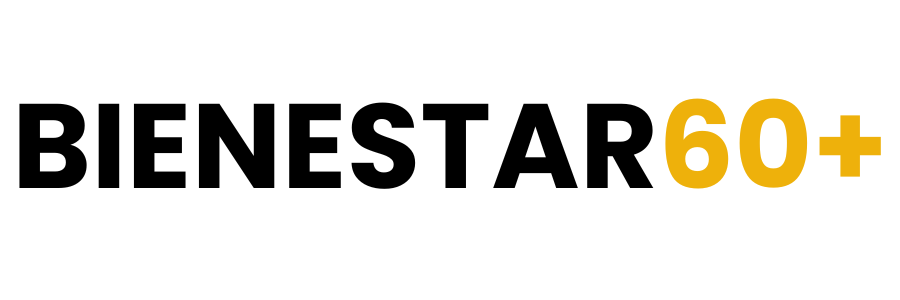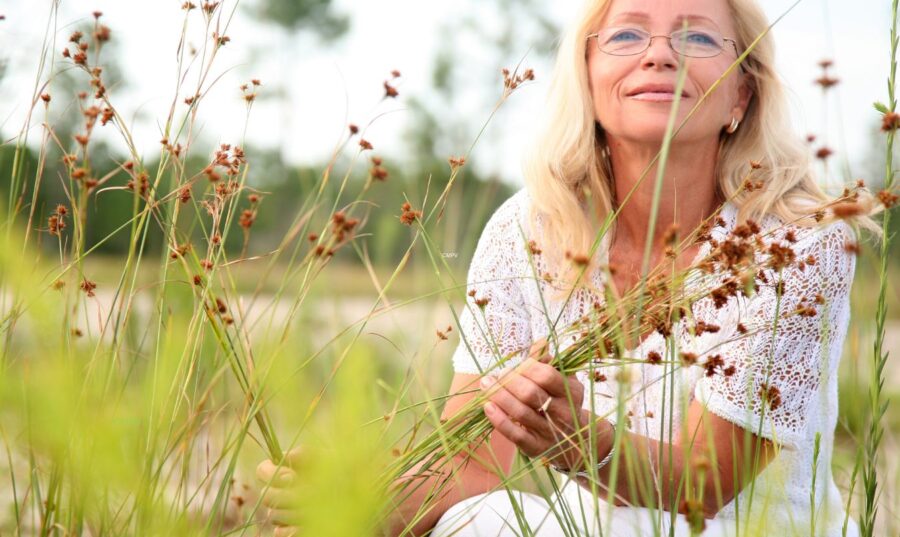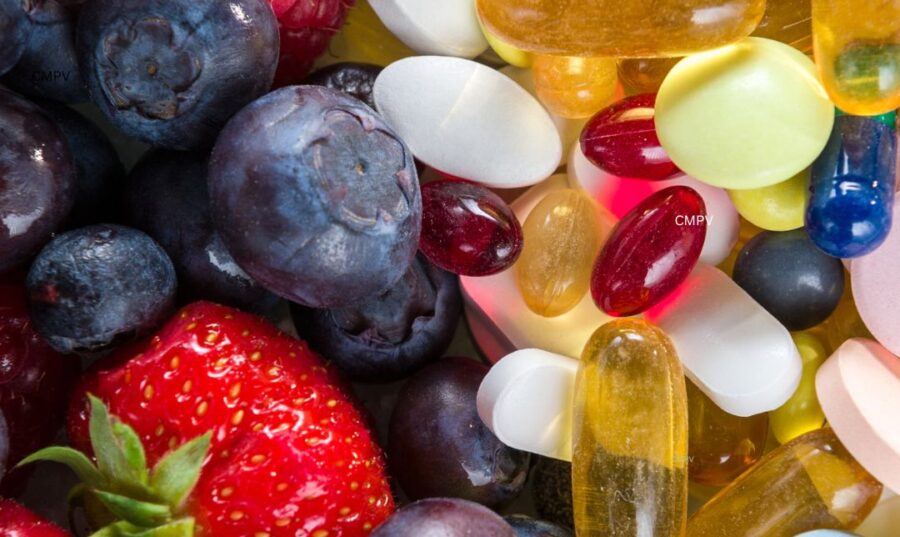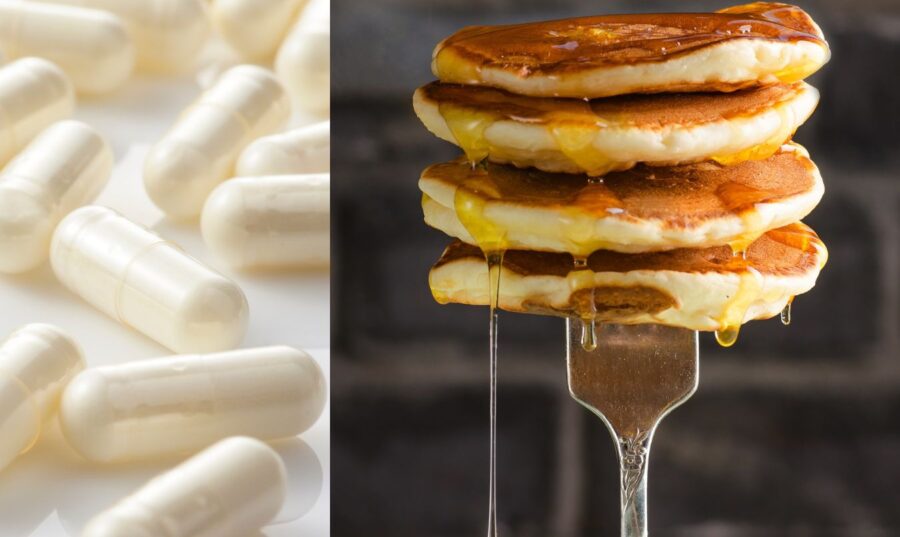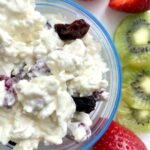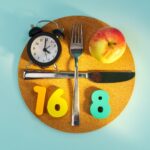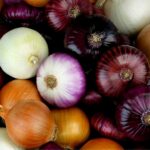|
Getting your Trinity Audio player ready...
|
The liver is integral to most of the body's metabolic processes; executing more than 500 tasks. For example, filters everything that enters the body, including supplements. When the liver carries out this function, depending on the substance it processes, toxins can be formed. The toxins inflame and damage the liver, causing scarring or cirrhosis. Another of its functions is the storage, activation and transport of vitamins and minerals.
The liver stores vitamins A, D, E, K and B12, as well as the minerals zinc, iron, copper and magnesium. Also, it produces proteins that transport vitamin A, iron, zinc and copper. In addition, it converts carotene* into vitamin A, vitamin D into its active form (25-hydroxycholecalciferol) and folate into 5-methyl tetrahydrofolic acid, a deficiency of which can cause anemia.
*red, orange, yellow and dark green pigment of fruits and vegetables
Herbal Supplements Toxic to the Liver
- Case studies of liver failure have been reported from the use of the following herbal supplements: teucrium polium (germander), Sho-saiko-to, Centella asiatica and black cohosh.
- Liver injury has also been reported with Nnitrosofencluramine, kava, ephedra alkaloids, Boh-Gol-Zhee, Corydalis, Tongkat ali root, horny goa tweed, saw palmetto fruit extract, and pyrrolizine alkaloids.
Nutrients Toxic to the Liver
Vitamin A
Research indicates that chronic toxicity occurs with intakes of Vitamin A over ten times the daily recommendations, in consecutive periods of several years. To avoid such toxicity, the recommended maximum daily intake limit (foods and supplements) for vitamin A is 2,800 mcg for people 14-18 years of age and 3,000 mcg for adults.
A recently documented case (2019) is that of a 27-year-old Caucasian woman who presented to an emergency room with abdominal pain. The pain almost always occurred after eating for 2 years. The woman reported intermittent bloating, weight gain of 10 kg (22 pounds) over 12 months, and a distended, tight abdomen. She had been prescribed isotretinin (a retinoid derived from vitamin A) for her acne. The woman subsequently purchased vitamin A online (3,000 mcg in each capsule), which she consumed daily for more than 18 months. Analysis and studies showed that the woman had hypervitaminosis A, creating liver toxicity.
Iron
The liver is the main storage organ for iron, so excess iron increases the risk of creating damage or injury to liver tissues. Some studies in rats have indicated that liver function can be affected by ferrous sulfate intake (25mg/kg/day), evidenced by a significant increase in liver enzymes or early liver toxicity. The upper limit for iron (foods and supplements) is 45 mg per day, based on the level at which it causes gastrointestinal upset.
In people with a high iron load (such as those who are transfused), iron can cause serious damage to various organs and death. A related and recently documented case (2018) is that of a 61-year-old woman who developed iron overload and acute liver failure. This happened after treatment with intravenous iron infusion for his iron deficiency anemia. They did not indicate the dose or duration of treatment until the onset of adverse reactions. He later died of pneumonia secondary to acute liver failure. The liver biopsy described a massive iron deposit.
Nutrients Relatively Non-Toxic to the Liver
No dangerous side effects have been found in healthy people with high intakes of b12 vitamin. As for the zinc, The body efficiently releases excess, so toxicity is rare. He copper It is relatively non-toxic to the liver and its maximum limit is 10,000 μg per day. Also, the Vitamin E It is relatively non-toxic especially when compared to vitamins A and D, their fat-soluble counterparts. Its maximum limit is 1,000 mg per day and higher amounts could cause bleeding. The carotenoids (precursors of vitamin A) are not toxic. This is because its absorption is decreased in large intakes and its conversion to vitamin A is limited.
The conventional doses of vitamin D They are well tolerated without noticeable adverse effects. High doses of vitamin D can be toxic, causing a variety of signs and symptoms, but not liver damage or jaundice. No cases of toxicity have been reported with excess of magnesium. The only cases of toxicity observed involve foundry workers who accidentally inhale or ingest toxic levels of magnesium dust. Refering to vitamin K, The body eliminates it much faster than the other fat-soluble vitamins (A, D and E), which is why no maximum limit has been established for its intake. Furthermore, its toxicity is rare.
